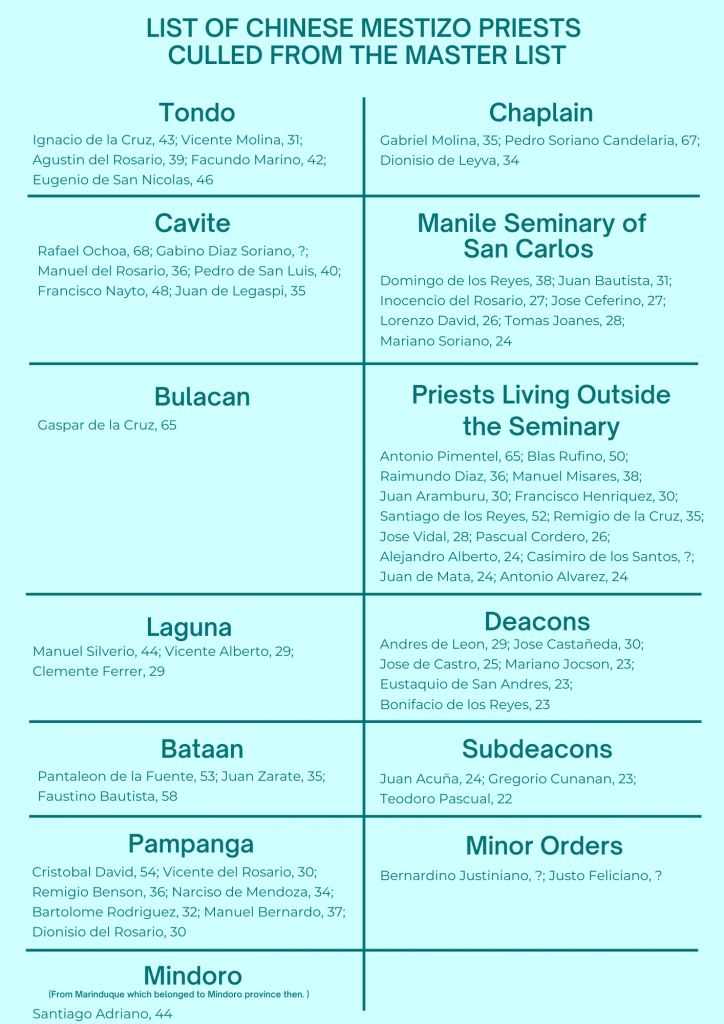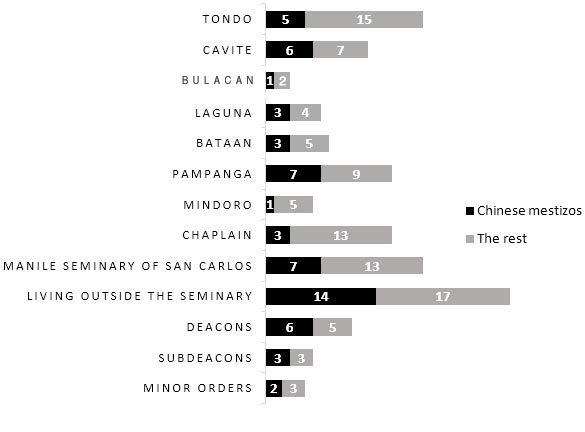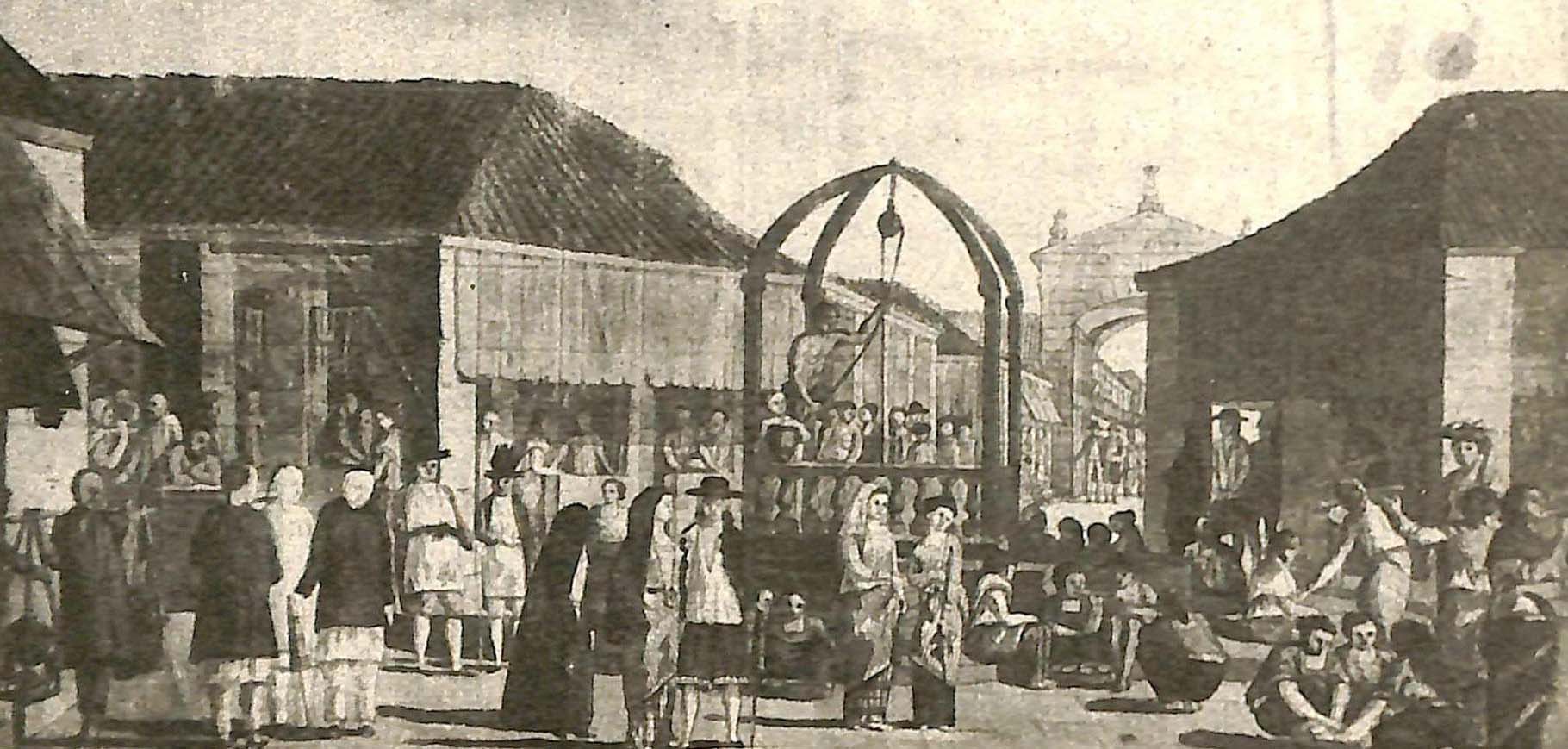First published in Tulay, Fortnightly Chinese-Filipino Digest 28, no. 13 (December 8-21, 2015): 5-6.
In the course of researching an article of Salvador P. Escoto (1960-2007) on “Expulsion of the Chinese and Readmission to the Philippines: 1764-1779” in Philippine Studies 47.1 (1999), we found another article Escoto co-authored with John N. Schumacher in Philippine Studies 24.3 (1976), “Filipino Priests of the Archdiocese of Manila, 1782.”
Escoto was a historian and specialist on late 18th century Philippines. He was former editorial associate in the Philippine Studies Program at the University of Chicago.
The article offered a gold mine: a list of 184 Filipino priests, among them 61 mestizo Sangley or Chinese mestizos.
At 33 percent, they make up a pretty high proportion of Filipino priests in the provinces under the jurisdiction of the Archdiocese of Manila.
The first Indio priest seems to have been ordained in the 1720s. The list of Filipino priests of the Archdiocese of Manila in Escoto’s article is from Archivo General de Indias of Seville, under the title of “Catalogo de curas, sus co-adjuntores y sacristanes de los Iglesias parroquiales del Arzobispado de Manila.” It indicated the race of the Filipino priests: creole, Spanish mestizo, Chinese mestizo or Indio.

The only province without a Chinese mestizo priest under the jurisdiction of the Archdiocese of Manila then was Batangas which had five Filipino priests.
The list of priests (officially designated as mestizo de sangley by the Archdiocese of Manila) in the 18th century shows how pervasive intermarriages between Chinese and Filipinas were at that time.

It also indicates that all the Chinese mestizo priests were using Filipino surnames, unlike short single-syllable Chinese surnames or Filipinized Chinese surnames such as Cojuangco, Tantoco, Limtuaco used by some Chinese mestizos in the 19th century.
This makes it difficult to identify the Chinese mestizo priests by their surnames alone.
But it can be safely assumed that the Chinese mestizo population in the Philippines might have been much higher than people presumed.
What is certain is that aside from their contribution to the Propaganda Movement and Philippine Revolution against Spain and America, the Chinese mestizos, as priests, also made great contribution to Christianity in the Philippines.
